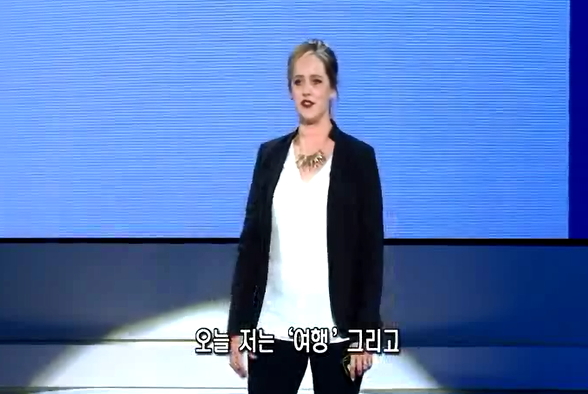This research attempts to identify how members of an online community collaboratively engaged with particular social information behaviors and accomplished a defined collective action. While responding to the Sewol Ferry tragedy, MissyUSA members quic...
http://chineseinput.net/에서 pinyin(병음)방식으로 중국어를 변환할 수 있습니다.
변환된 중국어를 복사하여 사용하시면 됩니다.
- 中文 을 입력하시려면 zhongwen을 입력하시고 space를누르시면됩니다.
- 北京 을 입력하시려면 beijing을 입력하시고 space를 누르시면 됩니다.

An Exploratory Factor Analysis on the Collaborative Information Behaviors of an Online Community Responding to the MV Sewol Tragedy
한글로보기부가정보
다국어 초록 (Multilingual Abstract)
This research attempts to identify how members of an online community collaboratively engaged with particular social information behaviors and accomplished a defined collective action. While responding to the Sewol Ferry tragedy, MissyUSA members quickly communicated and mobilized a collective action, a full-page ad campaign in The New York Times. As a follow up study, this secondary analysis quantitatively analyzes the primary data from a previous study to explore potential relationships or underlying factors among the various identified information behaviors. In this study, nineteen of the previously identified information behaviors were analyzed using exploratory factor analysis, yielding a total of eight factors. The two major factors of shared representation/collective identification and mobilizing resources verified the findings of the previous study and are in line with the findings typical of political science. The three factors of collaborative decision-making, reaction to tension, and brainstorming were factors that maximized communication and mobilization online, without any face-to-face communication or physical organization. Three emergent factors of outburst of dissent, boycott, and planning explained how members used negative emotions of anger, referential information for boycott, and incubated next collective actions. Through exploratory factor analysis, this study verifies and expands on the findings of the previous study by identifying several emergent factors that relate to the collaborative information behaviors of an online community engaged in a collective action.
동일학술지(권/호) 다른 논문
-
한국의 도서관 명칭 수용 및 쟁점 연구 - 일본홍도회 부산포지회 도서실을 중심으로 -
- 한국도서관·정보학회
- 윤희윤
- 2023
- KCI등재
-
국가전거공동활용시스템 기반의 국가 전거제어 체계 발전방안에 관한 연구
- 한국도서관·정보학회
- 이미화
- 2023
- KCI등재
-
- 한국도서관·정보학회
- 황혜경
- 2023
- KCI등재
-
큰글자책 제작 및 보급 현황과 서지적 특성 분석 - 2009년부터 2022년까지를 중심으로 -
- 한국도서관·정보학회
- 임성관
- 2023
- KCI등재





 ScienceON
ScienceON





